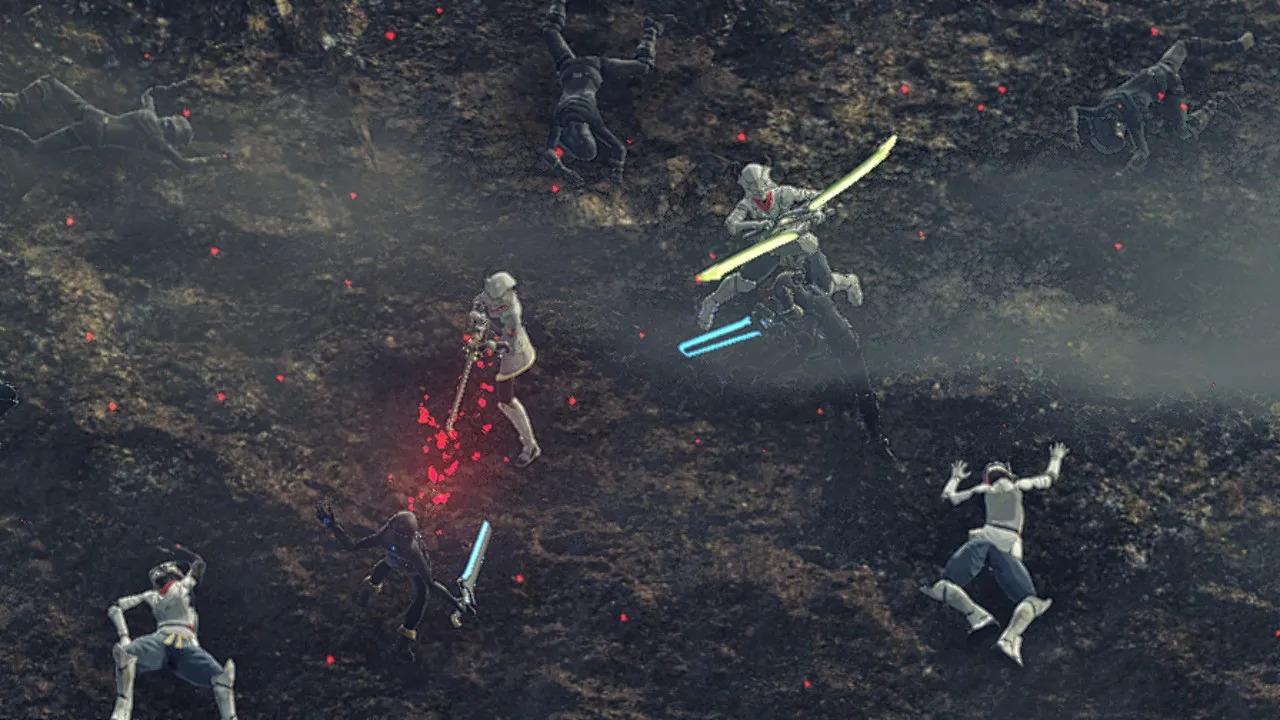
Xenoblade Chronicles 3: A Timeless JRPG Masterpiece
Contents
The Xenoblade series has a rich history, originating in 1998 with Xenogears, spearheaded by Tetsuya Takahashi, who later founded Monolith Soft before its acquisition by Nintendo in 2007. Xenoblade Chronicles debuted in 2010, becoming a phenomenon with stunning visuals and a captivating narrative. Its 2017 sequel, Xenoblade Chronicles 2, further enthralled fans. Now, Xenoblade Chronicles 3 arrives, exceeding expectations and solidifying its place as a must-play Nintendo Switch title.
Xenoblade Chronicles 3 was initially slated for a September release but surprised fans by launching two months earlier. Does this highly anticipated JRPG live up to the hype? Let’s delve into this immersive world and discover what makes it so special.
A Gripping Narrative of War and Existence
Xenoblade Chronicles 3 opens with a familiar scene reminiscent of its predecessor: a battle that introduces the ongoing conflict. However, instead of a human-machine war, this installment centers on a brutal war between two human factions, Keves and Agnus. Fallen soldiers are reduced to mere husks, their life force, known as “essence,” absorbed to power weapons. Humans in this world live for only 10 years, referred to as a “term.” Their sole purpose is to fight, survive their term, and participate in a final send-off ceremony upon reaching their tenth term.
Players assume the role of Noah, an “off-seer” who plays a flute to guide the essence of the deceased to the afterlife, much like Yuna in Final Fantasy X. Noah and his comrades belong to Keves. Their lives revolve around combat and survival.
 Noah playing the flute
Noah playing the flute
This cycle of war is disrupted when Noah and his team encounter Mio and her group from the opposing faction, Agnus, during a mission to investigate a mysterious vessel. This encounter challenges Noah’s perception of the world, revealing that war isn’t the only path.
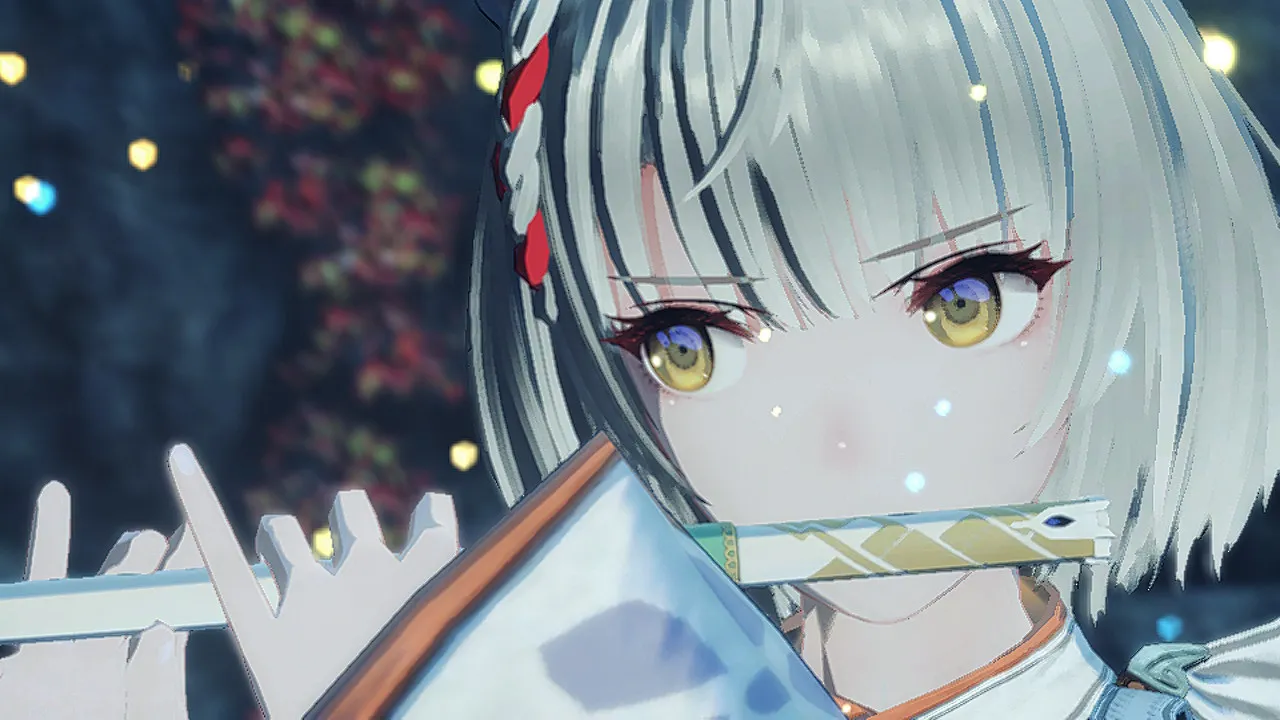 Noah and Mio's teams meet
Noah and Mio's teams meet
The game delves into philosophical themes, questioning the meaning of existence when lives are pre-determined with a 10-year expiration date. Noah, Mio, and their companions embark on a quest for truth, unraveling the mysteries of their world and challenging the established order.
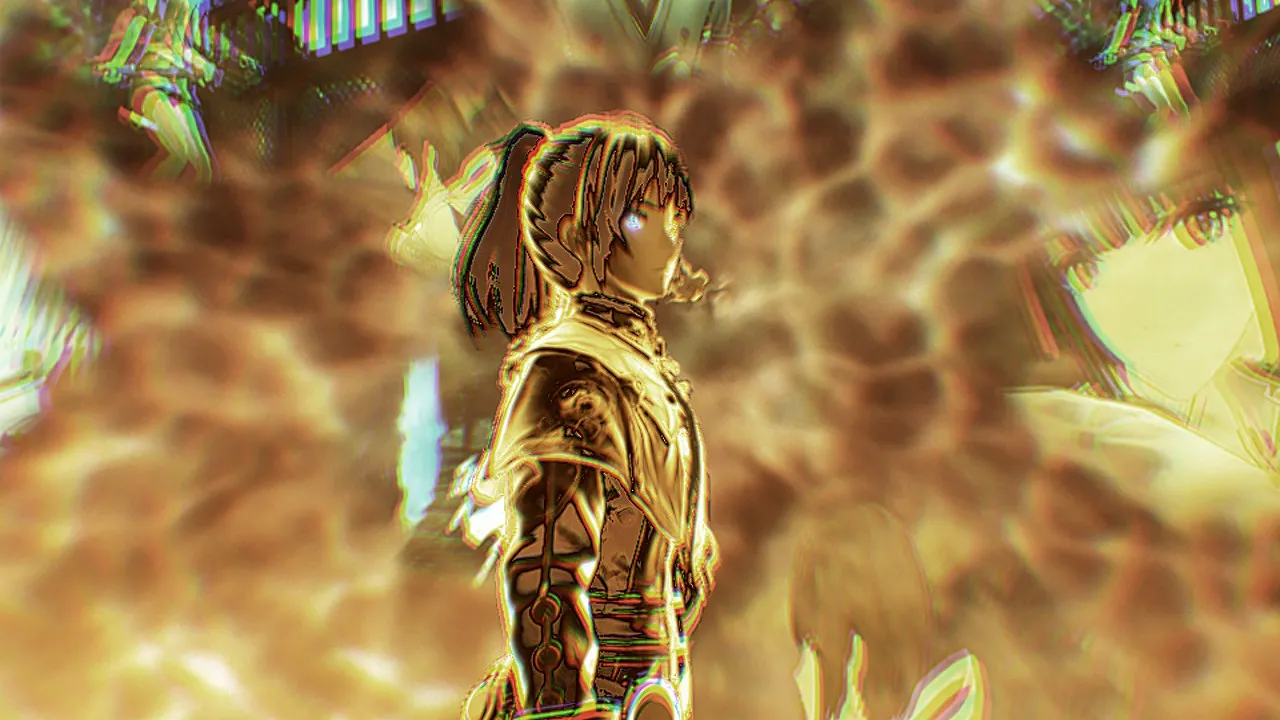 Exploring the world of Aionios
Exploring the world of Aionios
The narrative is deeply engaging, prompting reflection on life’s purpose. While there are moments where the plot feels slightly stretched, the overall story is compelling and thought-provoking, easily placing Xenoblade Chronicles 3 among the top Nintendo Switch titles.
Well-Developed Characters and Relationships
A significant strength of Xenoblade Chronicles 3 lies in its character development. The six main characters – Noah, Lanz, Eunie, Mio, Sena, and Taion – along with the Nopon duo, Riku and Manana, are all given ample depth and development. The game also introduces numerous supporting characters and “Heroes” who lead various colonies.
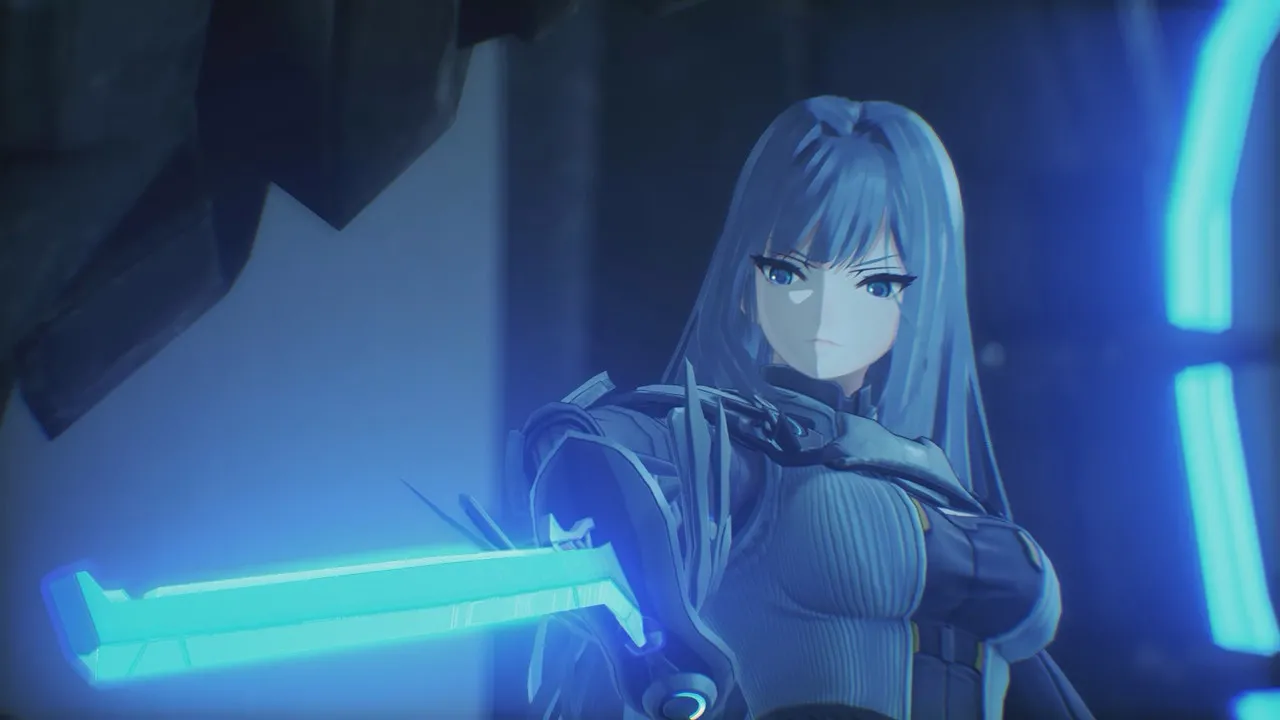 The main cast of Xenoblade Chronicles 3
The main cast of Xenoblade Chronicles 3
Each character grapples with internal struggles and past traumas. Noah bears the weight of war and the sorrow of countless send-offs. Lanz prioritizes his comrades’ safety above his own. Eunie carries suppressed memories. Mio faces her impending tenth term with fear. Sena strives to overcome self-doubt. Taion battles the shadow of past failures. These internal conflicts are explored gradually, and through empathy and shared experiences, they overcome their pasts and embrace a new beginning.
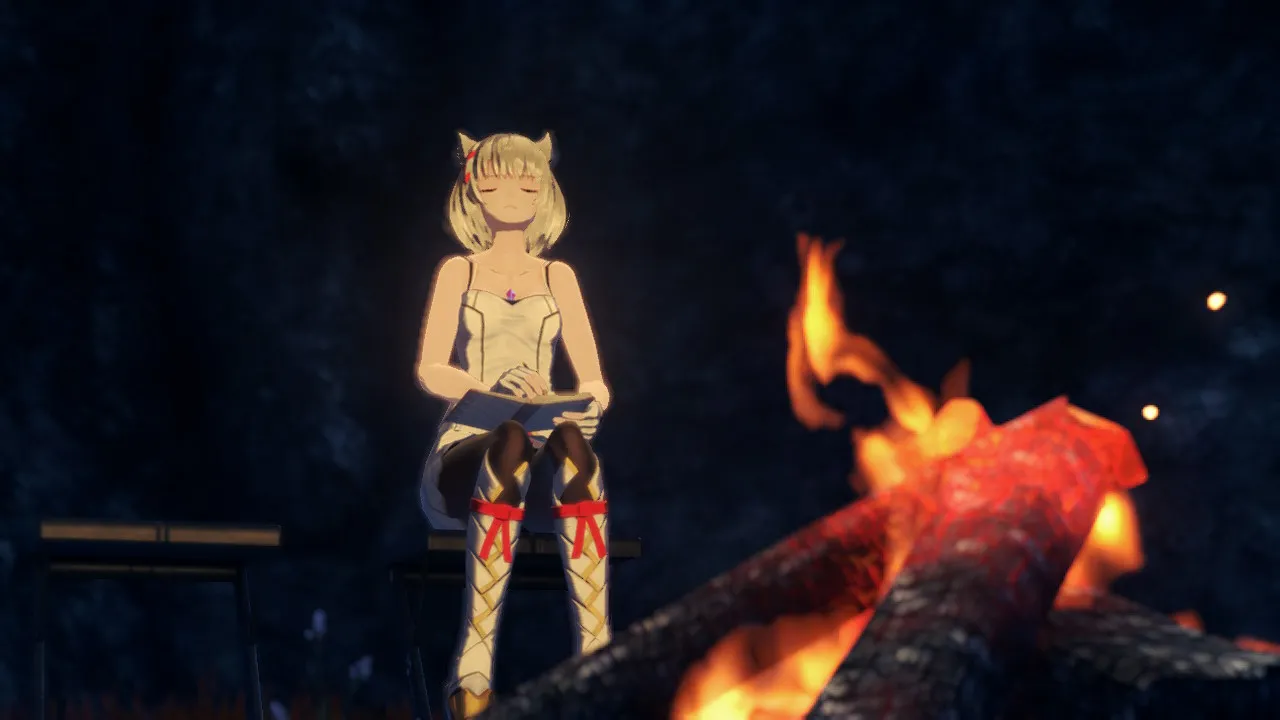 Character interactions
Character interactions
The relationships between the characters feel genuine and natural, fostering a sense of camaraderie that makes traversing the world of Aionios a joy. Romantic relationships develop organically, avoiding clichés and forced narratives.
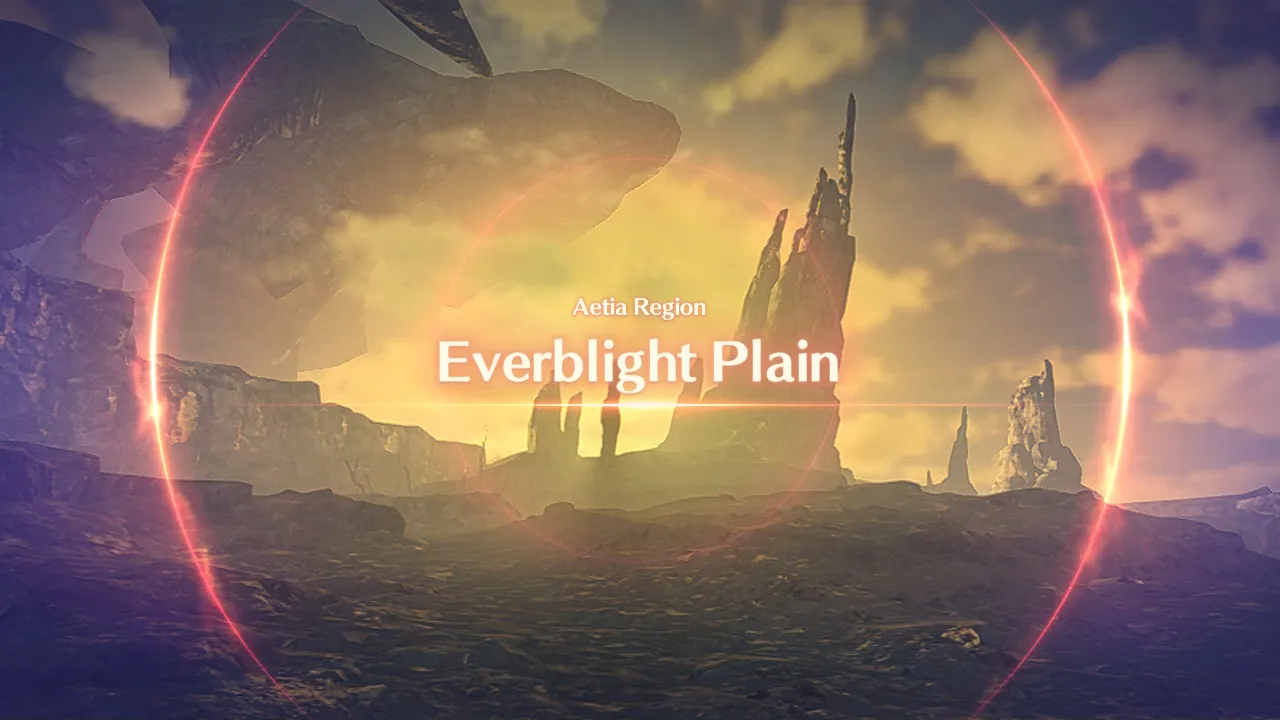 Building relationships with Heroes and Colonies
Building relationships with Heroes and Colonies
Beyond the main cast, the Heroes and colonies have their own storylines, depicting their struggles against the system and their evolving perspectives on the world. This intricate web of characters and relationships enhances the narrative and adds depth to the overall experience.
Visually Stunning and Technically Impressive
Xenoblade Chronicles 3 boasts breathtaking visuals. The world of Aionios is brought to life with vibrant colors, detailed environments, and a sense of vastness. From sprawling grasslands and lush forests to treacherous volcanic landscapes, the game offers a diverse and visually stunning experience.
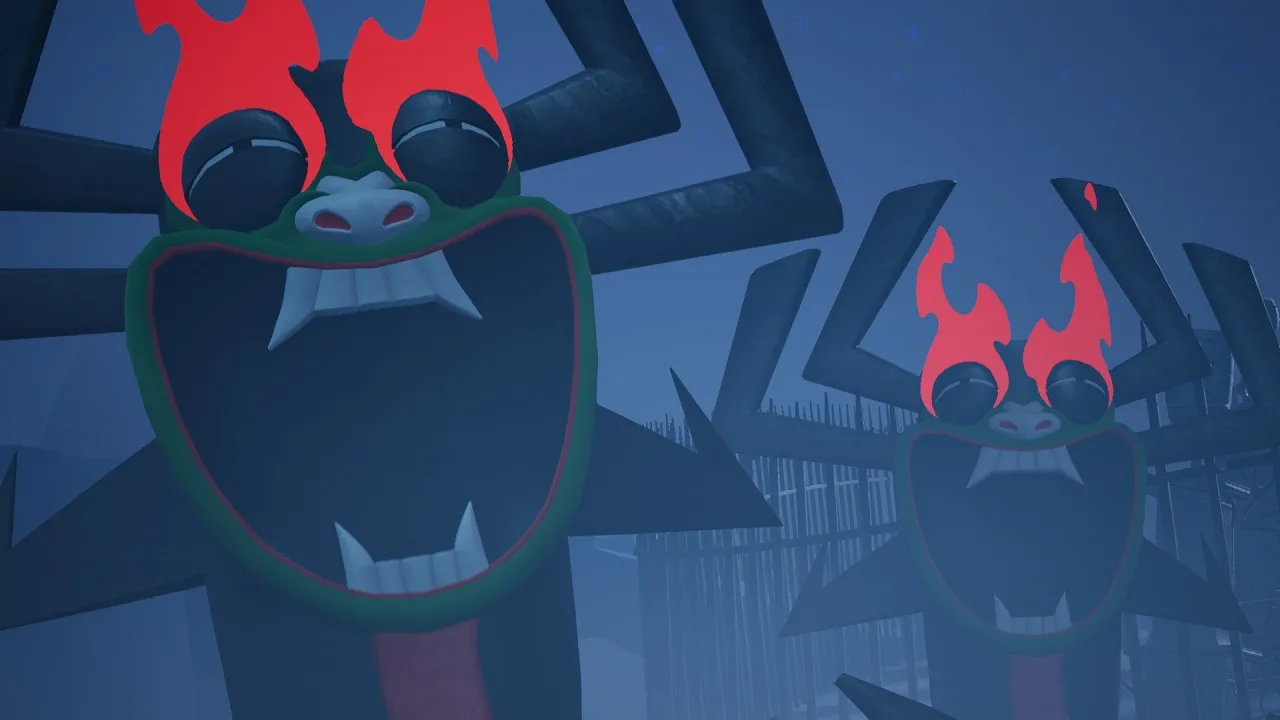 Exploring diverse environments
Exploring diverse environments
The character designs are equally impressive, showcasing Monolith Soft’s signature style. The attention to detail is remarkable, from expressive eyes to subtle gestures, giving each character a unique personality.
Despite its visual richness, the game runs surprisingly smoothly on the Nintendo Switch, with stable resolution and minimal lag. While there are occasional dips in performance during large-scale battles, the overall optimization is commendable, especially in handheld mode.
Evolved Combat System: A Blend of Familiar and New
Xenoblade Chronicles 3 refines the combat system of its predecessors, creating an engaging and dynamic experience. The core mechanics remain familiar: auto-attacks when near enemies, and the use of “Arts” for special attacks. Each Art has specific requirements, such as “canceling” (using an Art immediately after an auto-attack) or attacking from specific positions for increased damage.
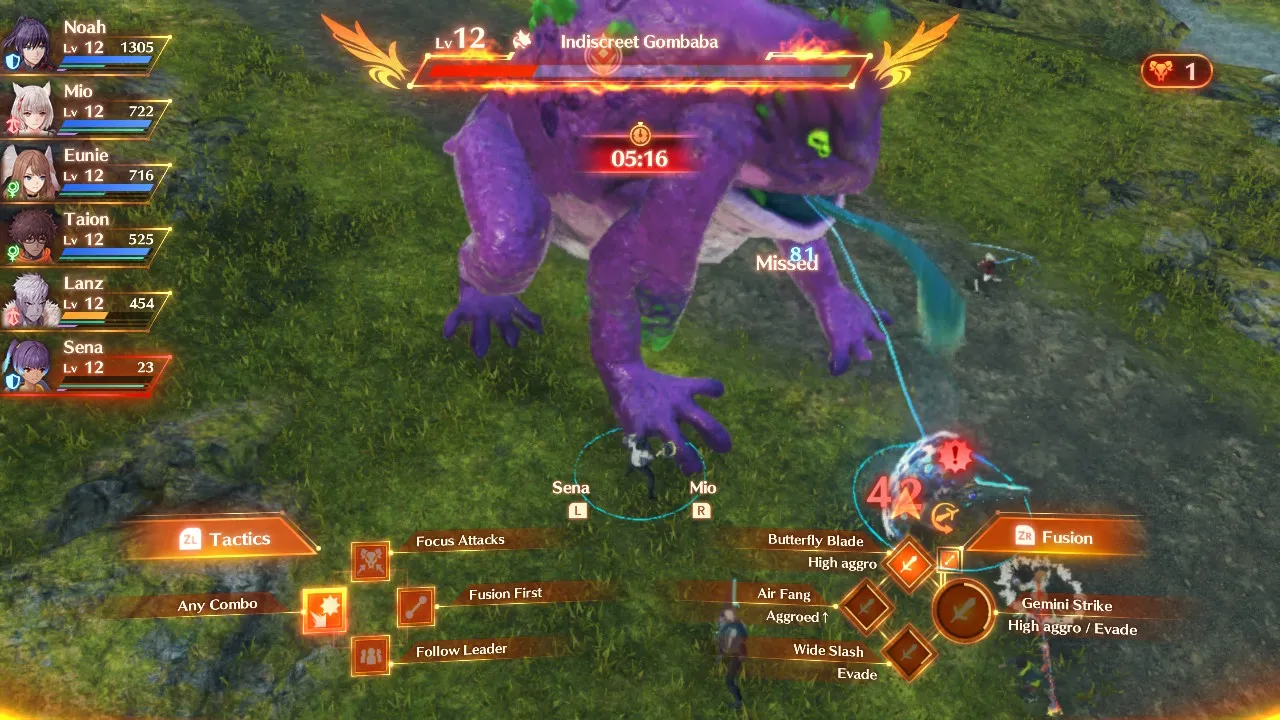 Engaging in combat
Engaging in combat
The game incorporates a classic “tank-healer-DPS” system, similar to MMOs. Each character fulfills a specific role, offering strategic depth to combat. A vast array of classes further enhances the combat system. Each class has five Arts, with players choosing three for battle. Leveling up a class unlocks “Master Arts,” which can be used regardless of the current class, allowing for extensive customization.
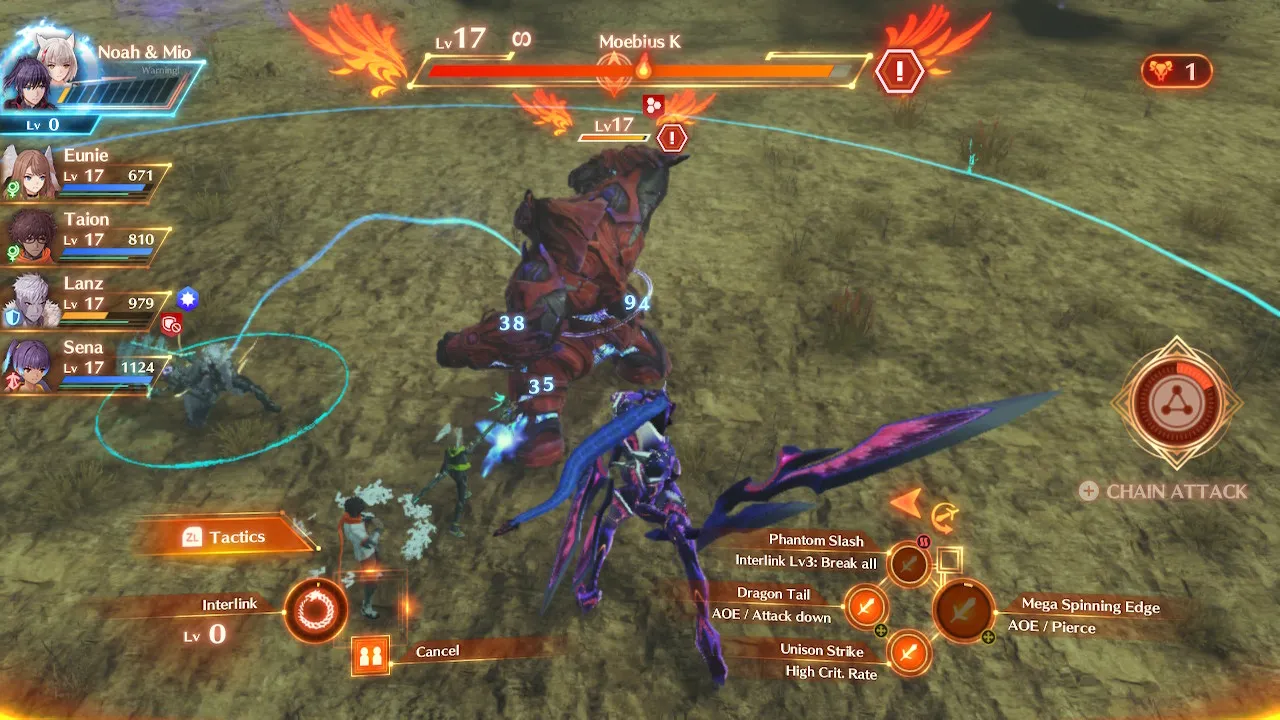 Customizing classes and Arts
Customizing classes and Arts
The “Interlink” system allows characters to fuse into powerful Ouroboros forms with unique abilities. These forms are effectively invincible but have an “overheat” meter. Once the meter fills, the characters separate and require time to re-fuse. This adds another layer of strategy to the combat, requiring careful management of resources.
A Minor Quibble: Excessive Hand-Holding
While Xenoblade Chronicles 3 excels in many areas, one minor drawback is its overly detailed tutorial system. While designed to be helpful, it can sometimes feel intrusive, interrupting the flow of gameplay with lengthy explanations.
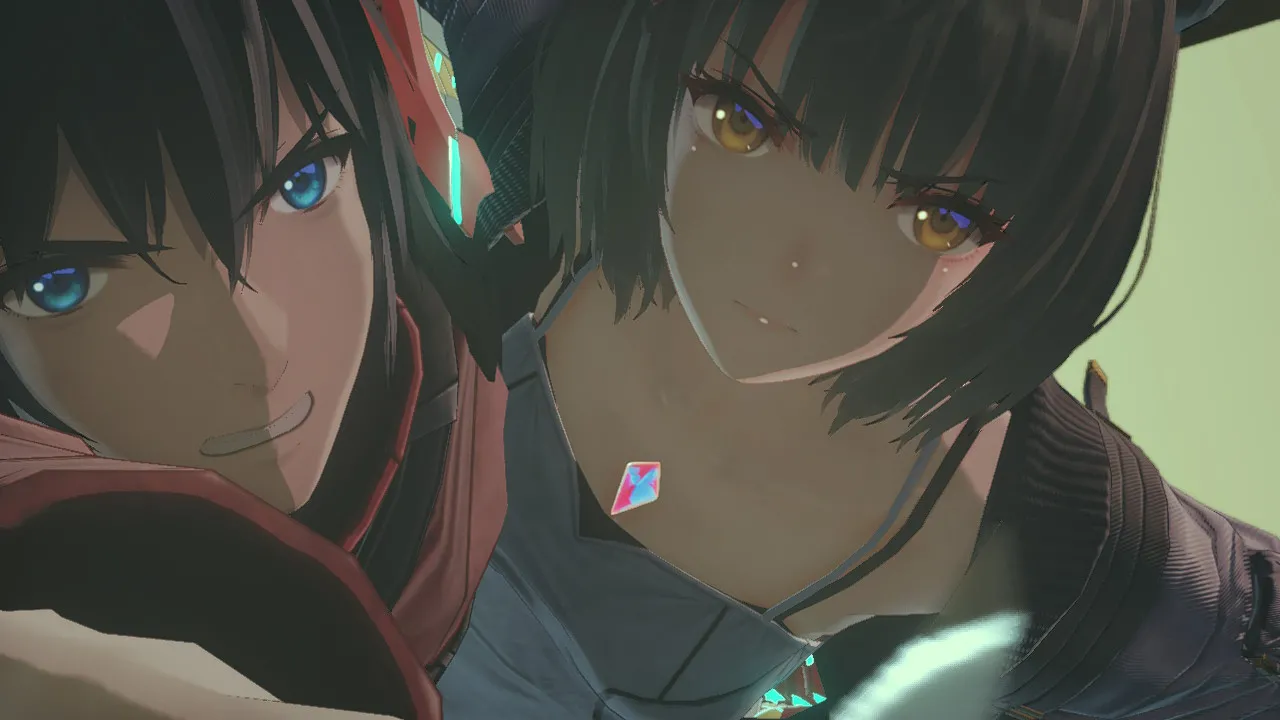 In-game tutorial
In-game tutorial
This hand-holding, while well-intentioned, can occasionally detract from the overall experience, especially for seasoned JRPG players. However, this minor issue doesn’t significantly diminish the game’s brilliance.
Conclusion: A Must-Play JRPG
Xenoblade Chronicles 3 is a remarkable achievement, delivering a compelling narrative, well-developed characters, stunning visuals, and engaging combat. While the excessive tutorials can be a minor annoyance, the overall experience is exceptional. This game is a testament to Monolith Soft’s talent and a must-play for any JRPG fan.





Comments (0)